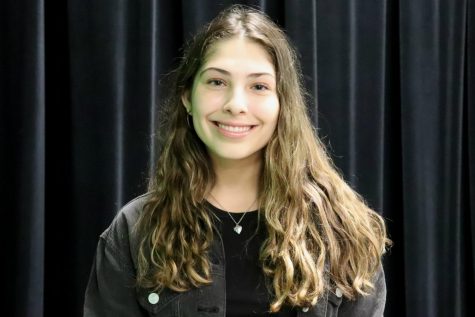People Tree producer Claire Dee shares how to tell a great story
Storytelling is something that has been relevant in human culture before it could be written down. It is a process where it can be reciprocated or passed down; essentially never-ending. A quality that storytelling has is that it can stick to your heart, and it can leave you thinking of your life through a different lens. Producer and director of People Tree, a business where people can sit and enjoy stories each month, Claire Dee shares how she and her other two partners help make story performances from good to great.
What are differentiating qualities from an okay story to a great story?
“I think that if we have a story that’s very flat without any color or detail or emotion then the audience doesn’t feel as connected or as engaged. You could tell the same story in 2D or 3D. You need little details that help the audience walk alongside the storyteller by incorporating as many senses as possible. So you know the smell of the bonfire smoke, the crisp crunch of the leaves under your foot as you walk through it, or that the color of the sky was a vibrant orange; just little details like that.”
What is a common misconception that people think makes a great story?
“I think a common misconception is that you always have to be funny, and you really don’t. The audience is just waiting for the funny bits to laugh. Whereas if you sit in your seat and it’s like getting on a roller coaster, you don’t quite know where it’s going to go. Sometimes stories are multifaceted; it could be funny at the beginning, but tragic at the end. It is the unexpectedness of the trajectory of the story that keeps the audience engaged.”
How do you perform your story correctly without notecards?
“So when I’m actually telling a story, I just highlight it, and then by each paragraph, I would have a relevant word that would then trigger that paragraph. So it could be for my story, I stood out like a sore thumb, I had a picture of a thumb with an arrow next to it. Sometimes in a story, the paragraph flows naturally and they form on into the next. But there’s usually a certain point that there’s a complete change of direction, and then that’s the bit where you have to be ahead of yourself. You have to think ahead of your next keyword while you’re talking about the previous paragraph.”
How do you give life to the story you are telling?
“Improv. We’ve been doing improv workshops, and I think that has helped to bring some of the stories to life rather than to say, for example, ‘I put my pants on’ to actually kind of say ‘putting my pants on’ with a raspy and exasperated tone. Or like for my stories, I had different regional accents that before I did improv, I don’t think I would have done.”
Dee and her two partners, director, and producer Rachna Prasad, and creative director Kat Gilbert host informal workshops to help story performers to tell their stories with more liveliness and confidence for the day of their performance. The next storytelling performance will be Thursday, Oct. 17 with the theme of “unexpected encounters”.
If you are interested in purchasing a ticket or submitting a story pitch visit https://www.thepeopletree.org/ for more information.

Isabella Villalobos is a senior, and this is her first year as a headlines writer for newspaper. She is a member of the DECA business club, OLAS Hispanic...

